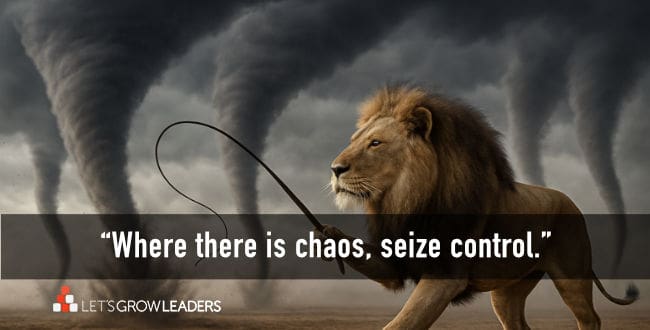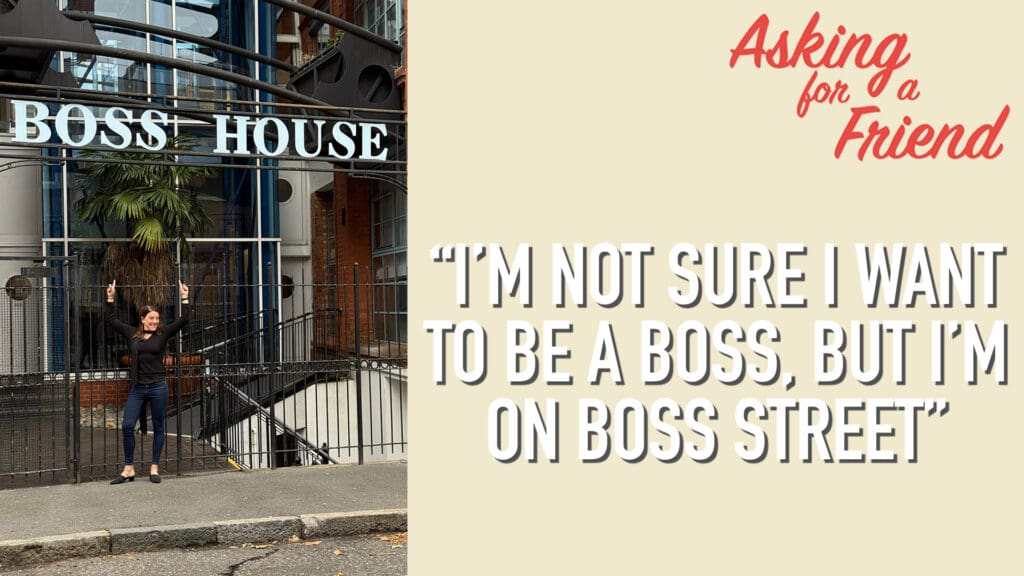Have you ever had a leak, repaired it, only to find the drip, drip, drip showing up someplace else? Or have you recognized a familiar employee engagement problem, and breathed an immediate, “Oh, I’ve seen this movie before” sigh of relief and began to apply your time-tested know-how, only to realize the sequel was far different from the original? Sometimes it’s hard to see the root cause of the problem because it all feels so familiar.
When Sebastian was little, our dining room chandelier started leaking. It didn’t take us long to realize the drip was related to the tub on the floor above. We caulked. We tightened up the faucets. The problem seemed to stop, until one day, it didn’t, and the water dripped down right into our lasagna. This time, the water all over the bathroom floor gave it away. Our leaky lighting was a result of over zealous bath-time fun. A quick conversation on bathing etiquette, and we never had the problem again.
So the other day when the recessed lighting in my new home office started to weep, I knew just what to do. “Sebastian, stop it!” “But Mom…. “of course he was right. As it turns out, the builders had missed an important piping connection.
Getting to the Root Cause of the Problem
What people bring to you is likely a symptom of the problem, not the problem itself. Pause. Get curious. Ask questions. Get the relevant facts. Here are three specific questions you can ask to help identify the real problem and not waste valuable time addressing symptoms:
1. What is different from what you expected?
In The Rational Manager, Charles Kepner and Benjamin Trego identify a problem as “a deviation from some standard of performance.” Simply put, what didn’t go the way you expected?
2. What has not changed?
This is a critical step that most managers skip altogether. When you identify a problem, it is helpful to know what has not changed. This helps eliminate issues that needn’t concern you.
3. Have I faced a similar issue before?
What’s the same? What’s different about this scene?
4. Why? Why? Why?
Once you’ve limited the problem to what it is and what it is not, look for causes by asking, “Why?” You will often have to ask several times.
You can waste incredible amounts of time in vain attempts to solve the wrong problem. Managers who win well don’t leap in with solutions right away. When they are presented with a problem, they pause, ask questions, and work to identify the real issue.
Winning Well Pre-Order Bonus
 For every copy of Winning Well that you pre-order, David Dye and I will send you a free custom-signed bookplate with your requested message.
For every copy of Winning Well that you pre-order, David Dye and I will send you a free custom-signed bookplate with your requested message.
Simply order Winning Well from your favorite bookstore (eg Amazon) or CEO Reads for bulk orders, then go to www.WinningWellBook.com. Click on THE BOOK, then on CUSTOMIZE YOUR BOOK, and submit your message in the form. When the book ships, we’ll send you a custom, hand-signed, adhesive bookplate that you can put inside the front cover.
Even better, there is no limit to the number of bookplates you may get. Get an affordable, customized resource for yourself and for all the managers in your life!







0 Comments